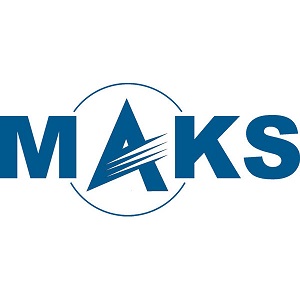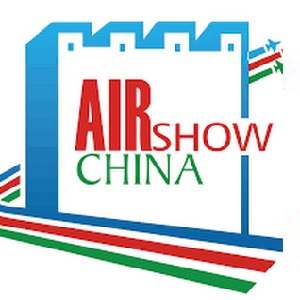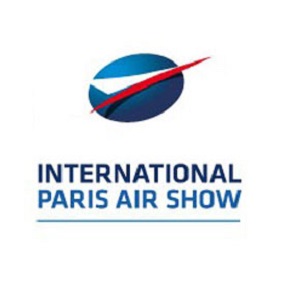| a | |||
|
|
|||
|
World Aviation Defense & Security Industry News - Sukhoi
|
|||
|
|
|||
|
Sukhoi starts testing new IMA BK FMS on Russia's PAK FA fighter
|
|||
|
The Sukhoi Company has launched the flight tests of an advanced computer system to equip its T-50 aircraft. The sophisticated system is several times more reliable and effective than the current one and has been designed and developed by an aircraft manufacturer, rather than a specialist design bureau, for the first time in the history of Russia’s combat aviation, according to the official blog of the United Aircraft Corporation (UAC).
|
|||
|
|
|||
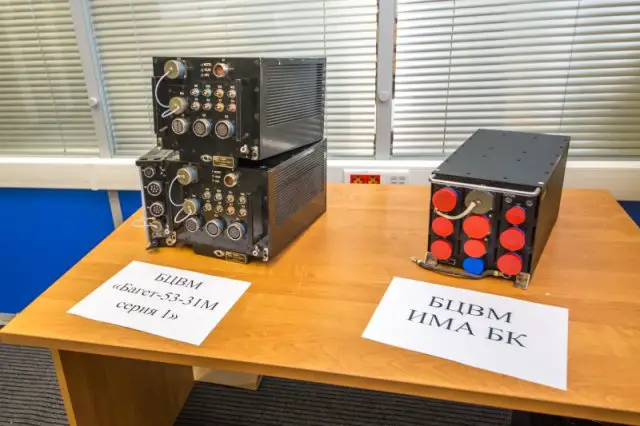 The new IMA BK Flight Management System (left) compared to the older Baget digital computer system The new IMA BK Flight Management System (left) compared to the older Baget digital computer system(Credit: @UAC_Russia) |
|||
|
|
|||
|
The T-50 fighter prototype furnished with the latest avionics and microprocessor has conducted its maiden flight in winter this year. According to Dmitry Gribov, chief designer and avionics suite integration director, Sukhoi, the advanced platform is designed to replace the computer system wrapped around the Baget digital computer system and developed as far back as 2004. The development of the advanced IMA BK (Russian for ‘integrated modular avionics of combat complexes’) system was kicked off four years ago, with the Russian Industry and Trade Ministry among the customers. The computer system is based on Russian-made multicore chips and a real-time operating system that is Russian-made too.
In the T-50’s integrated avionics suite, the central computer controls the aircraft systems, weapons employment and self-defense and provides multifaceted intellectual support for the pilot. The central computer triple-hatted as electronic pilot, electronic navigator and electronic flight engineer, performs real-time automatic target identification and prioritization, optimal route plotting, optimal weapons use and self-defense, and system reconfiguration in case of failure. The cutting-edge control system assumes control of almost all key instruments of the fighter - the radars, navaids and comms, while each of the systems of the preceding aircraft prototype called for a computer of its own. The central computer’s software volume has exceeded 4 million lines of code, with several sophisticated aircraft control and integrated data processing modes more to be added. "The new system is advanced and unique indeed," Gribov says. "For the first time, we have not followed the path beaten by others, but have come up with a sophisticated architecture of our own that we shall keep on refining to develop networked avionics by upgrading the systems one after another. Multicore chips afford us virtually unlimited abilities to design fail-safe configurations while reducing weight, power consumption and costs." |
|||
|
|
|||
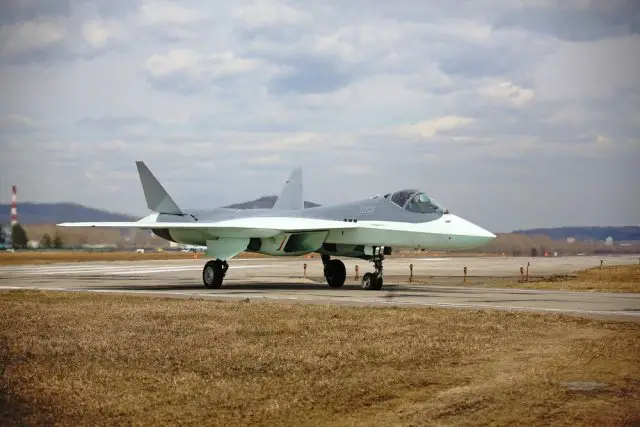 Russia's T-50 PAK FA next-generation fighter jet Russia's T-50 PAK FA next-generation fighter jet(Credit: @UAC_Russia) |
|||
|
|
|||
|
The data exchange in the IMA BK is via fiber-optic lines. The transition from the copper cable to the fiber-optic one has boosted the data rate and throughput several-fold, slashed the weight of the cables by an order of magnitude and boosted the immunity to natural clutter and electronic countermeasures drastically. While the data transfer via the ubiquitous copper cable is at a rate of 10-100Mbps, it is almost 1,000 times higher via the fiber-optic cable - 8Gbps. The system’s networked structure increases the reliability of all instruments: if a computer malfunctions, the systems automatically switch over to another, and the introduction of the centralized processor has almost halved the device’s weight. The central digital computer’s performance has surged by more than 10 times and its fail-safety by over four times.
For the first time in the history of Russia’s aviation, the platform’s general design and development has been led by an airframer - the Sukhoi Design Bureau. Developing the advanced computer system, it has worked hand in glove with major subsidiaries of the Radio-Electronic Technologies Corporation (KRET) - the State Ryazan Instrument Plant (GRPZ) and Ramenskoye Design Company (RPKB). The State Research Institute of Aviation Systems (GosNIIAS), using the new computing platform, has modelled the T-50’s applications and concluded that the IMA BK features a hefty increase in computing and data processing rate. Another problem encountered by the Sukhoi Design Bureau has been to train and retain skilled software testers. All over the world, major aircraft and instrument manufacturers often resort to outsourcing the work to Indian and East European programmers. The training of a good specialist takes around two years. In Moscow, seasoned testers tend to leave for commercial IT firms owing to higher salaries the latter offer, while outsourcing the development to other countries is no option to the Sukhoi Design Bureau because its work pertains to defense. Sukhoi has found an ingenious solution to the problem by setting up an affiliate in the city of Taganrog where there are skilled workforce and relevant colleges. |
|||
|
|
|||
|
© Copyright 2015 TASS. All rights reserved. This material may not be published, broadcast, rewritten or redistributed.
|
|||
,




















